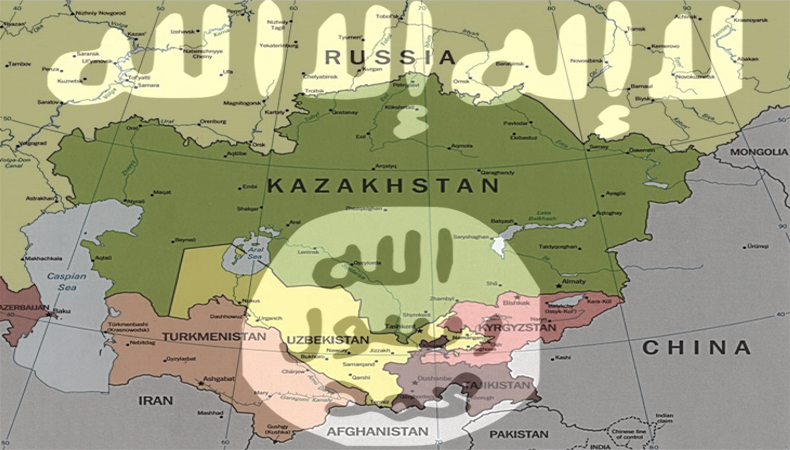ISIS in Central Asia: threat or illusion?

In June 2015, Colonel Gulmurod Khalimov, a senior US-trained counterterrorism official in Tajikistan, abandoned his post to join ISIS. This incident set off alarm bells in Dushanbe and other Central Asian capitals, highlighting the ease at which their own officials could defect.
Central Asia is no stranger to ISIS, nor the conflicts that have ravaged Iraq, Syria and the wider region. Of the suspected 25,000 foreigners fighting for ISIS, as many as 4,000 are from Central Asia. While a clear exodus of fighters from these countries have gone to fight overseas, the question remains how plausible is the likelihood of ISIS expanding further in Asia?
In July 2015, the Kyrgyz government conducted a Special Forces raid in the capital Bishkek, killing four gunmen who resisted arrest. The Kyrgyz state secret service GKNB claimed that ISIS militants were planning an attack on a Russian military base in the city of Kant.
Kyrgyzstan is not the only country that has had to deal with attacks and perceived threats from ISIS and its affiliates. Turkmenistan has been concerned by the militant groups’ activities along its fragile southern border with Afghanistan. Sporadic firefights between border guards and militants have only fuelled fear and encouraged wild rhetoric Turkmenistan’s government.
But while evidence of ISIS’ activity in Central Asia certainly exists, the extent of the group’s regional clout could easily be overstated. Despite clearly having a strong connection to the region through its suspected 4,000 recruits, no major offensive has yet been launched. Even when smaller regional Islamists groups such as the Islamic Movement of Uzbekistan (IMU) pledged their loyalty, ISIS paid them almost no attention. Furthermore, public support for the group to the extent required for a successful expansion simply does not exist.
Radical Islam is a spectre that has loomed large over Central Asia since the fall of the Soviet Union, however besides the brief Tajik civil war, no major conflicts conducted by Islamic radicals have engulfed the region. Even when the Taliban emerged on Central Asia’s southern periphery, it showed little interest in actively engaging regional partners, nor expanding beyond the reaches of Afghanistan’s northern border. Survival and defence of its territory have been the key focus of the Taliban in Afghanistan.
Similarly, ISIS has had far greater concerns than expansion. Recent air strikes by Russian and American warplanes has seen the group lose considerable territory and oil reserves, a key asset used to fund the group’s exploits.
While the concerns of Central Asian governments about the looming threat of Islamic terrorism are not to be taken lightly, neither should those raised by Western governments and human rights organisations over the concessions that have come with fighting the ‘war on terror’. Allegations of torture, murder and political oppression are common stories in Central Asia, and there are legitimate fears that the narrative of containing terrorism is being used as a means to allow human rights abuses and maintain the authoritarian governments of the region.
If ISIS is able to sustain its presence in the current conflict against Russia and Western governments, it may have the ability to further expand its base into Central Asia. But until that time comes, concerns about the threat of ISIS are largely unfounded and overblown by exaggerated claims by Central Asian governments.



